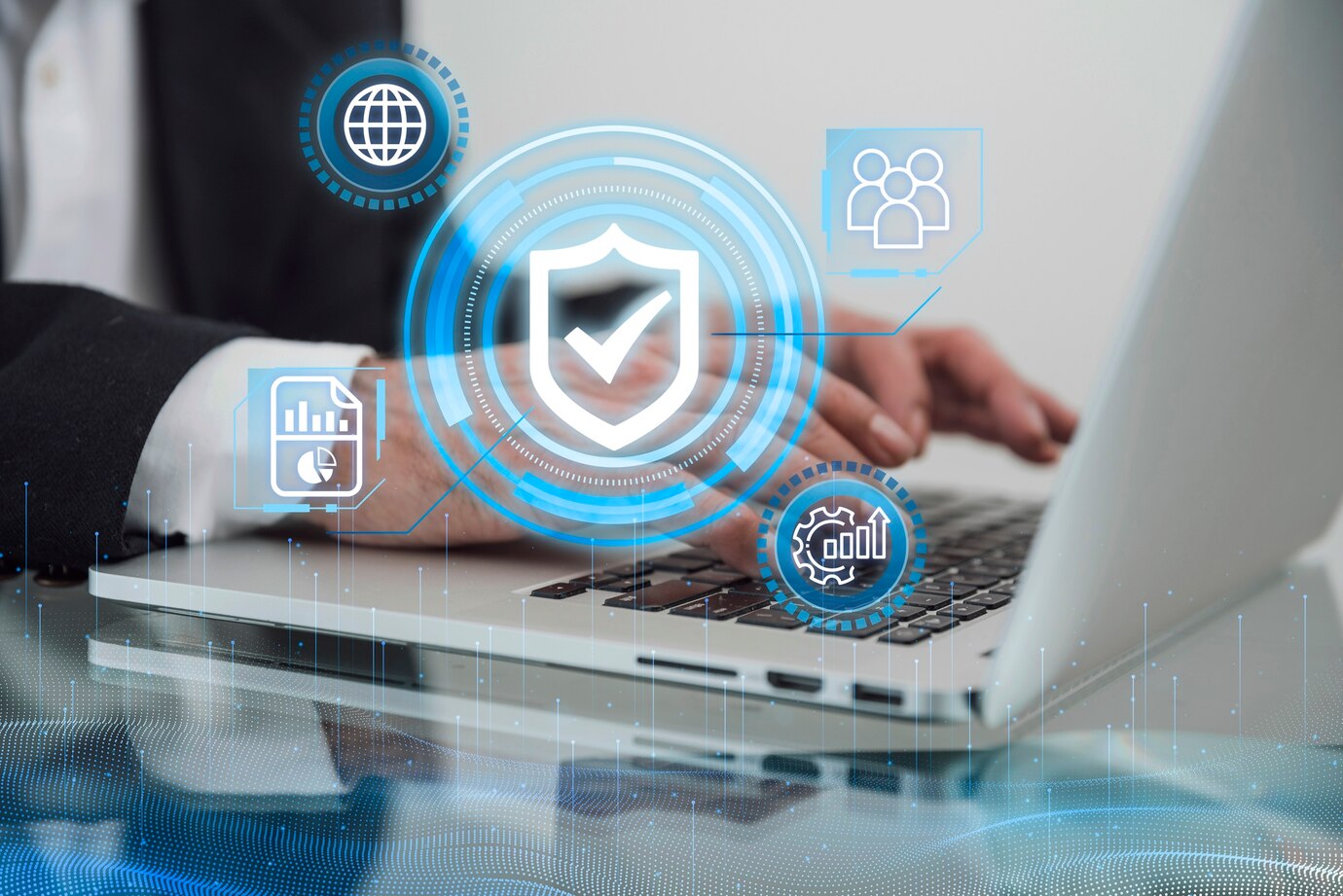

Safeguarding Your Digital Assets
Our IT security management services are dedicated to protecting your organization’s digital assets from cyber threats and vulnerabilities. With a comprehensive approach to security, we implement robust measures, conduct regular assessments, and provide ongoing monitoring to ensure the confidentiality, integrity, and availability of your data and systems. Let us be your trusted partner in safeguarding your organization against cyber risks.




